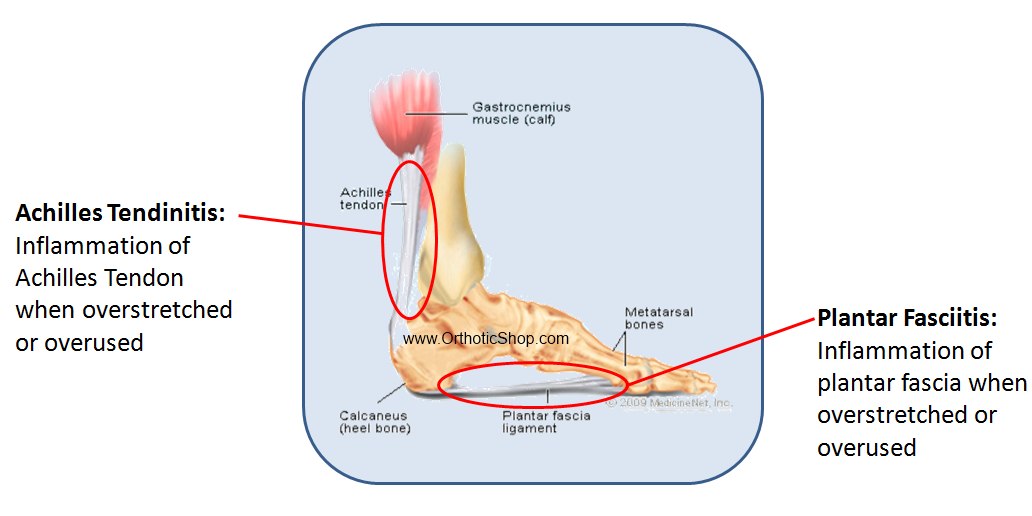Athletes experience a lot of wear and tear on their bodies – especially their feet. Healthy feet are integral in most athletic endeavors. After all, they help you run, jump, dodge, kick, climb, pirouette and are vital in maneuvering a number of flexible positions. Below are some of the most common foot issues athletes suffer during their careers:
Ankle Sprain
This is the most common type of sports injury and affects all types of athletes. Twisting the ankle and stretches its ligaments too far leads to tearing or partial tearing – in short, a sprained ankle. Always have this examined. Oftentimes it can turn out to be a fracture. When treating a sprain, the RICE (rest, ice, compression, elevation) method is essential for healing. If left unhealed a simple sprain can lead to chronic ankle instability.
Turf Toe
A sprained big toe happens most commonly by repetitive over-extension, jamming, pushing off of, or jumping. It is also believed that non-supportive shoes on turf surfaces can do damage. The highest number of turf toe incidents occurs amongst football players, but athletes in most sports are at risk, as well.
Some common symptoms are limited movement, pain and swelling. Treatment recommended is seeking medical attention. The physician or orthopedic surgeon will obtain your symptoms, and perform a thorough examination of your foot along with taking x-rays. Surgery is needed only if the case is serious. Rest, ice, compression, elevation (RICE) and comfortable shoes – such as those offered by Propet – are recommended.
Stress Fracture
This type of fracture, also known as a fatigue fracture, arises when the foot experiences repetitive pressure over time. These are most common among ballet dancers, runners and basketball players. In these cases, foot and shin bones are most likely to fracture.
X-rays may not always show signs of a stress fracture, but healing around the area can be identified. Athletes should always give a thorough medical history, dietary summary and note menstrual irregularities when seeking help for a possible stress fracture. Elevated activity levels in a short window of time can also lead to stress fractures.
Studies show that adolescent females are prone to stress fractures more so than any other demographic. Rest and avoidance of the activity that caused the stress fracture is key in healing. Apply ice regularly and use proper men’s or women’s orthotic athletic shoes. When the time is right, slowly return to activity.
Tarsal Tunnel Syndrome
While carpal tunnel syndrome has to do with hands, tarsal tunnel is related to the feet. In tarsal tunnel syndrome the posterior tibial nerve is pinched, which leads to much pain, burning and numbness on the bottom of the foot. Custom-made orthotics, athletic insoles, comfortable shoes and anti-inflammatories are used in treating tarsal tunnel syndrome. This condition is most commonly found among avid runners.

Achilles Tendinitis or Tendon Tear
The Achilles is the large tendon at the back of the ankle, just above the heel. Severe pain and swelling are symptoms that occur with Achilles tendinitis or tears. Although symptoms are still felt when active, they’re usually most noticeable when athletes are less active, such as after sitting or sleeping. A medical examination includes palpating the area and squeezing the tendon to define whether it is torn or inflamed. Treatments include rest or immobilization, and icing. In some instances, tendon tears may need surgical intervention. Men ages 30-40 involved in tennis and basketball are the largest percentage of sufferers, but it does vary.
